5 Cheap Ways To Make Your Road Bike Faster
Upgrading your bike will make you faster, but it can be expensive. Here are 5 ways to make your road bike faster, without breaking the bank.
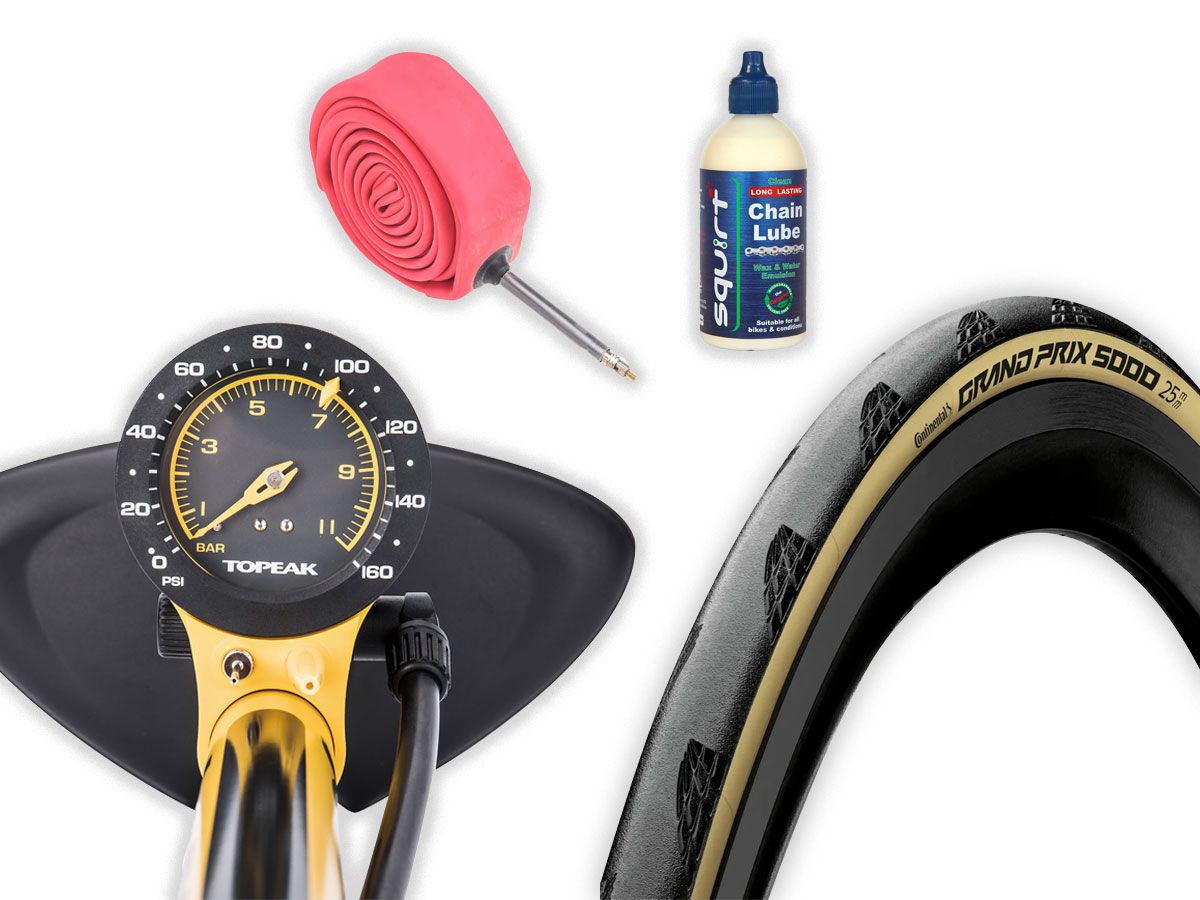
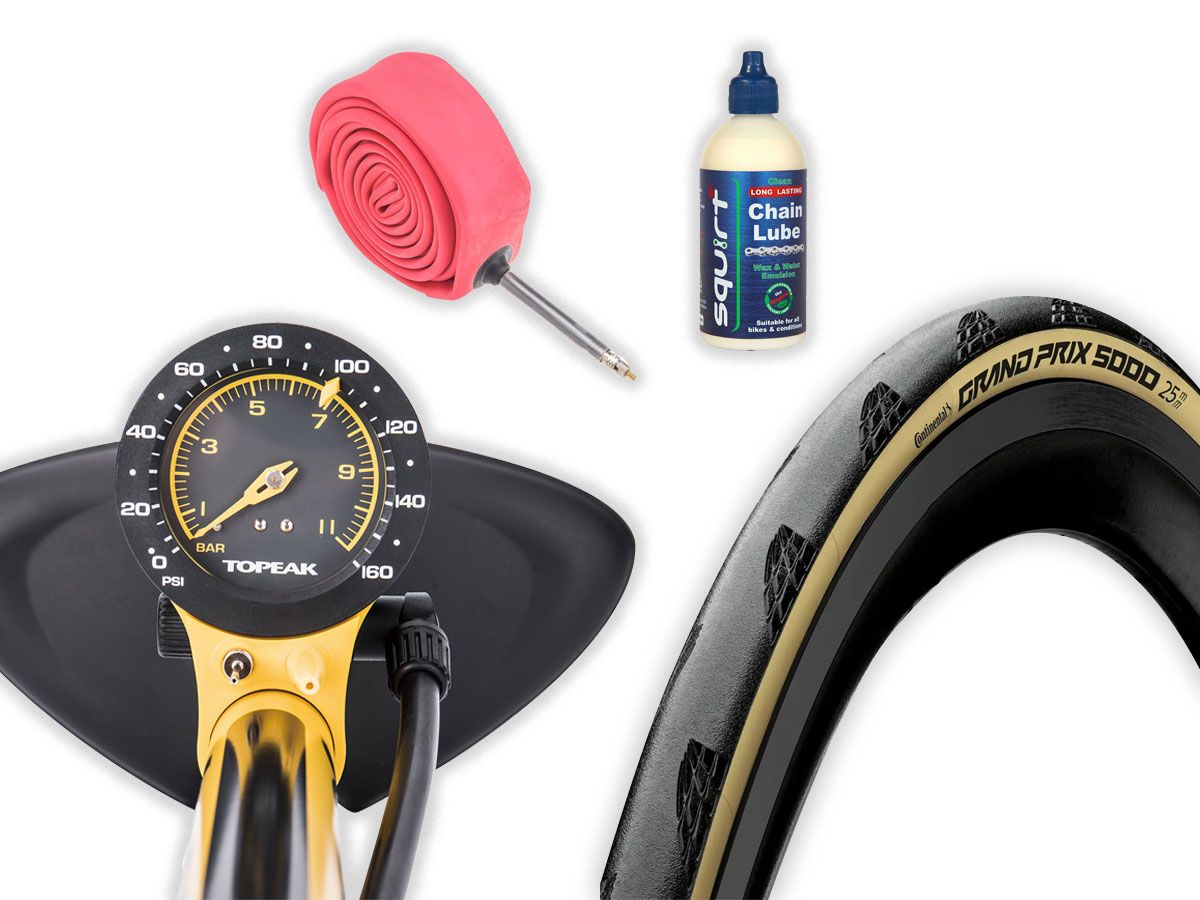
Published: August 2023
It never gets easier, you just get faster. One of those old sayings you’ll often hear in the cycling world. While that’s true, there are also some things that you can do to make you faster for no additional physical effort.
Upgrading your bike will make you faster, but it can be expensive. Here are 5 ways to make your road bike faster, without breaking the bank.
You may also be interested in:
- 5 Ways To Save Money On Your Next Bike Purchase
- 6 Training Tips For Time-Crunched Cyclists
- 5 Training Mistakes All Amateur Cyclists Make (By A Pro Cyclist)
Tyres
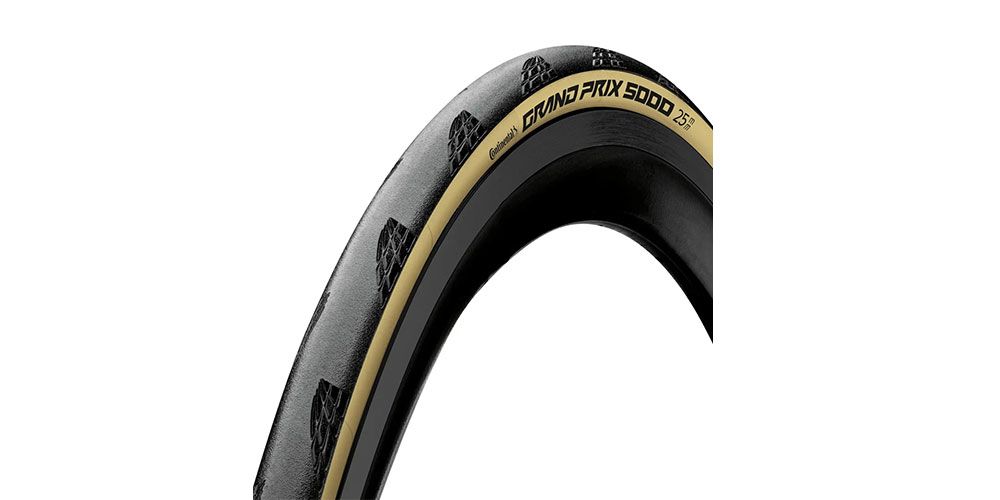
Your only contact point with the ground, tyres can make a surprisingly big difference to the speed of your bike. Not only is there a difference in grip, which will in turn bring confidence and make you faster, there is also rolling resistance too.
Rolling resistance is the force that occurs as your tyres roll over a surface. The main causes of this resistance are tyre deformation and friction with the ground itself. Changing your tyres from a basic 'entry-level' option to something more advanced can result in a significant reduction in rolling resistance. That means you can put out less power to achieve the same speed. Or to put it another way, for the same power you will travel faster.
For example, according to Bicycle Rolling Resistance, compare two clincher tyres: the Continental Ultra Sport III and the Continental GP 5000. Each in a 25mm width. Here's the power required to overcome each tyre's rolling resistance riding at 28.8kph with the tyres pumped to 100psi using a regular butyl inner tube:
- Continental Ultra Sport III - 14.7 watts per tyre.
- Continental GP 5000 - 10.7 watts per tyre.
So, 4 watts per tyre. 8 watts in total. In other words, to travel at the same speed (28.8kph) using the GP 5000s you'll need a power output 8 watts lower than if you were using the Ultra Sport IIIs.
Cost to get faster: £40 per tyre for a high performance clincher tyre (granted, not super 'cheap' but look for off-season deals and used options online).
Latex Inner Tubes
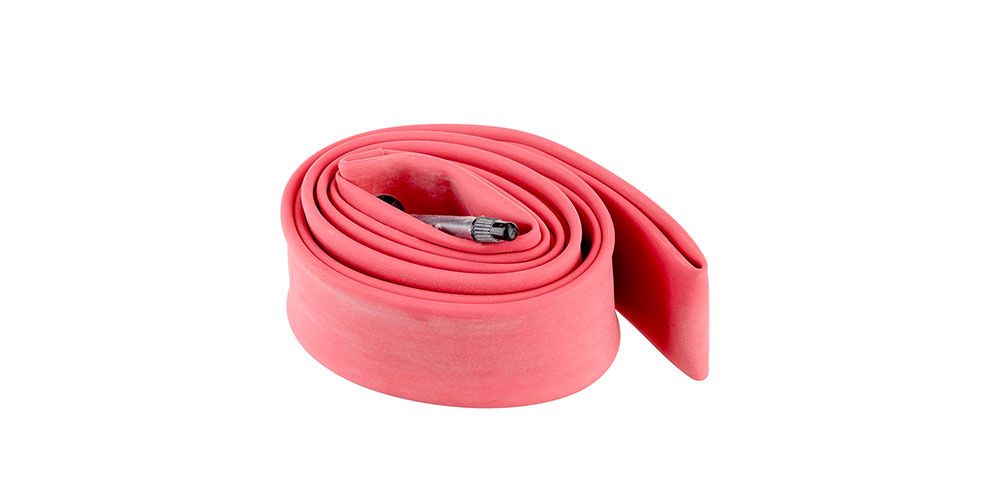
You might not think that the humble inner tube has much to do with the speed of your bike. But it really does.
It's all about the 'elasticity' of the material your tube is made from. Standard inner tubes are made from butyl. Latex inner tubes are made from latex which is more elastic than butyl. So as the tyre flexes (from normal road surface imperfections) and the inner tube deforms, a latex tube will rebound with less energy loss than butyl. This reduces the overall rolling resistance of the tyre and inner tube.
A latex inner tube will save around 5 watts compared to a regular butyl inner tube. That's a total saving of 10 watts for both tyres.
Cost to get faster: £7-£10 per tube for a high quality latex inner tube.
Tyre Pressure
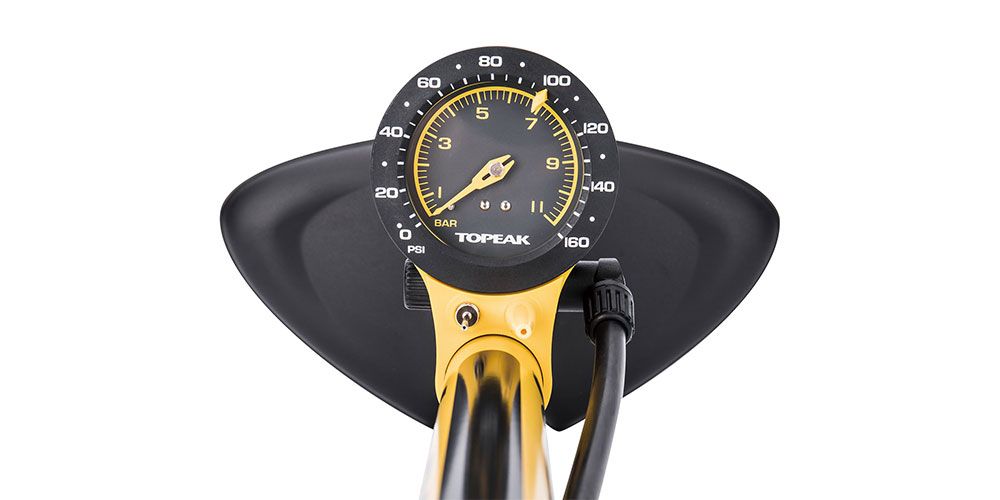
When was the last time you pumped up your tyres? Some of us reach for the pump before every ride, for others it's only once every few weeks. If you fall into the latter category then keeping a closer eye on tyre pressure can speed you up.
There are thousands of hours and barrels of money spent on figuring out the best tyre pressure for every scenario. Professional cycling teams like to keep tyre pressure a closely guarded secret and, for the Classics especially, will test differing pressures during recon rides.
For us mere mortals, it is mostly a case of trial and error or about using an online tyre pressure calculator. Silca's tyre pressure calculator is among the most popular and according to them:
"Optimising your pressure can save up to 8w if you are pretty far off on the optimal pressure. Accuracy is a big piece of this as going just 5psi over the optimal pressure can be 3w of loss.
Remember, differing road and weather conditions will mean choosing a different tyre pressure. If you don’t already make sure you own a pump with a gauge.
Cost to get faster: Free (if you have a pump!)
Body Position
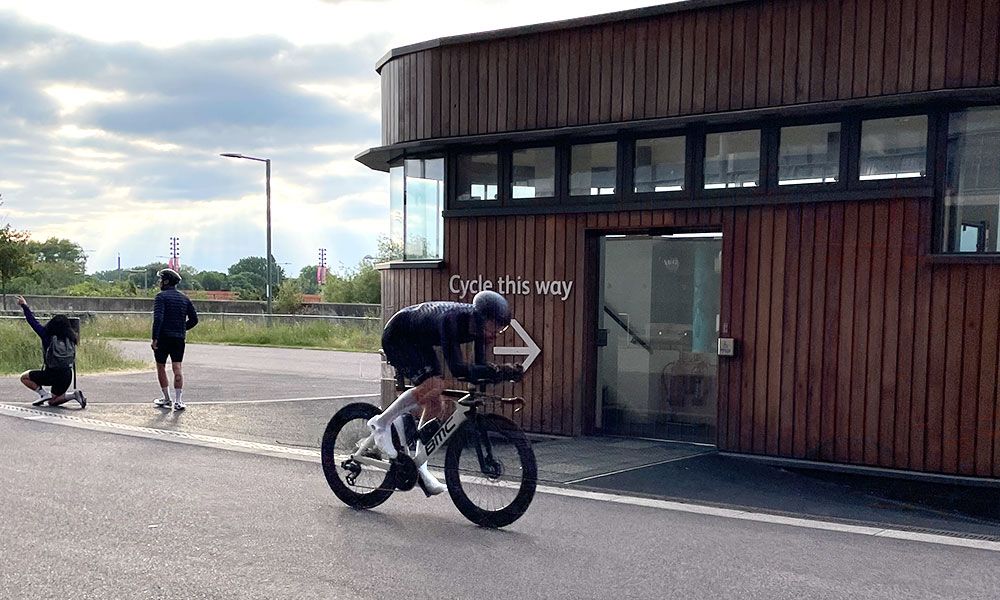
It is the human body which makes up for around 80% of the total drag that occurs when cycling. That's massive and means that changing your own body position to reduce your frontal area while cycling will have the biggest impact on your speed.
Effective methods (and the power saving cycling at 45kph compared to a standard position holding the hoods, according to aero experts Aerocoach) include:
- Riding in the drops - 14 watts.
- Riding in the 'aero hoods' position (on the hoods with forearms flat parallel to the ground) - 35 watts.
- Riding in the 'aero hoods' position with hoods/levers turned in - 37 watts.
Changing your position can save minutes. Going from a basic up-right position to a crouched aero position and being able to stay there is one of the greatest gains a cyclist can get.
The best thing is, it is completely free!
Please note, we advise seeing a trained bike fitter before you make any major position changes.
Cost to get faster: Free
Drivetrain Maintenance

The drivetrain is the most important but perhaps least sexy part of the bike. All of the moving parts, it's obvious why there is room for improvement.
Chain
If you are using a dirty chain, then putting a new one on - or simply cleaning your existing chain - can make your bike feel as good as new and save you plenty of watts. There's a reason why the pros' bikes are deep cleaned after each stage.
A well-cleaned chain can save up to 6 watts compared to a dirty one, according to Silca.
Cost to get faster: £10 on a good chain cleaner.
Chain lube
Choosing the correct lube for your chain is important too. The classic wet or dry lubes are usually the cheap and easy options, but they’re not necessarily the most effective, and cause a lot of gunk to build up. Using a chain wax is more efficient, and will also keep the chain cleaner.
A properly waxed chain will save 6-8 watts compared to a chain lubricated with some of the lower end chain lubes, according to Silca.
Cost to get faster: £15 for a high quality liquid wax chain lube.
Thinking of upgrading your bike? Don't forget to consider specialist bicycle insurance from Pedalsure to cover you and your bike against theft, damage, liability and loads more. Get a quote today.

